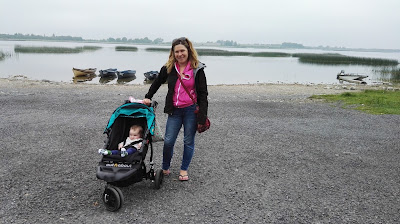The Sugar Loaf Mountain is a majestic peak that both welcomes visitors
to Wicklow and bids them goodbye as they head for the capital., When we were
young it seemed that much bigger than it actually was and became a sort of Wicklow
Mount Everest but with a much cooler name and way cooler facts, which, as we grew
older, we realised we had been hoodwinked into believing.
Things we once believed
about the Sugar Loaf that we now know to be false[HF]
·
It’s one of
the biggest mountains in Ireland. It’s not. In fact, it’s not even one of the biggest
mountains in Wicklow! It just seems big because there is no other summit near it.
·
While even
the most ambitious child probably suspected that the Sugar Loaf wasn’t made up of
sugar, pre-M11 children were always led to believe that it fitted somewhere on the
food pyramid. It doesn’t. Later still, we learnt the bastards lied to us again when
we discovered that it was not even comprised of Devonian granite, like its western
cousins, but is made of Cambrian quartzite!
·
Finally, there
were whole generations of us who used to drive by the Sugar Loaf hoping it would
erupt and that we would have to outrun its sugary lava flows. How cool would that
have been? Unfortunately, it is not now nor had it ever been a volcano! It is just
an erosion-resistant metamorphosed sedimentary deposit from the sea who, once people
started calling him a volcano, didn’t have the guts to tell us the truth.
You would think that discovering all this about one of our heroes
would leave a bad taste in our mouth, but we soon got over it. After all, it’s only
a mountain. And as we grew older, we realised that, while it might not be edible
or about to explode, it is both welcoming and accessible to almost all visitors
and even on the most mediocre of days, it offers some of the finest panoramic views
of Wicklow, Dublin and the Irish Sea.




















